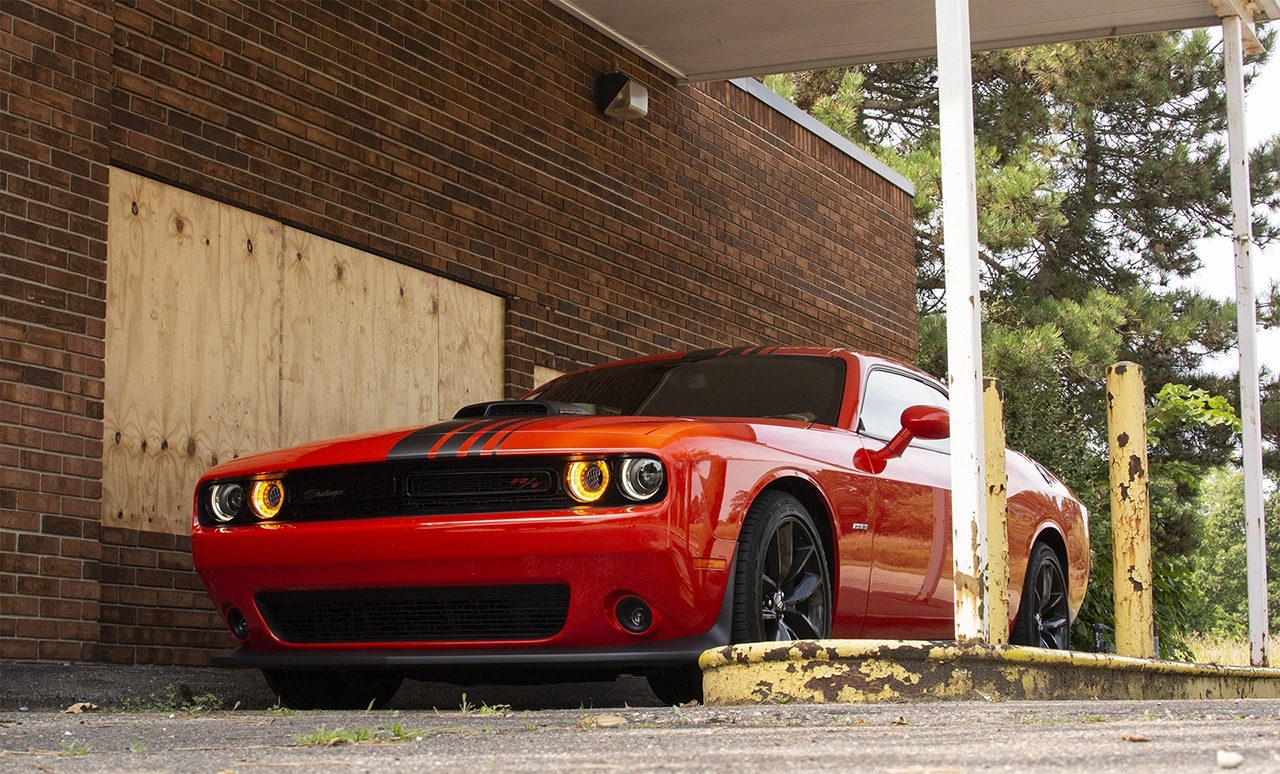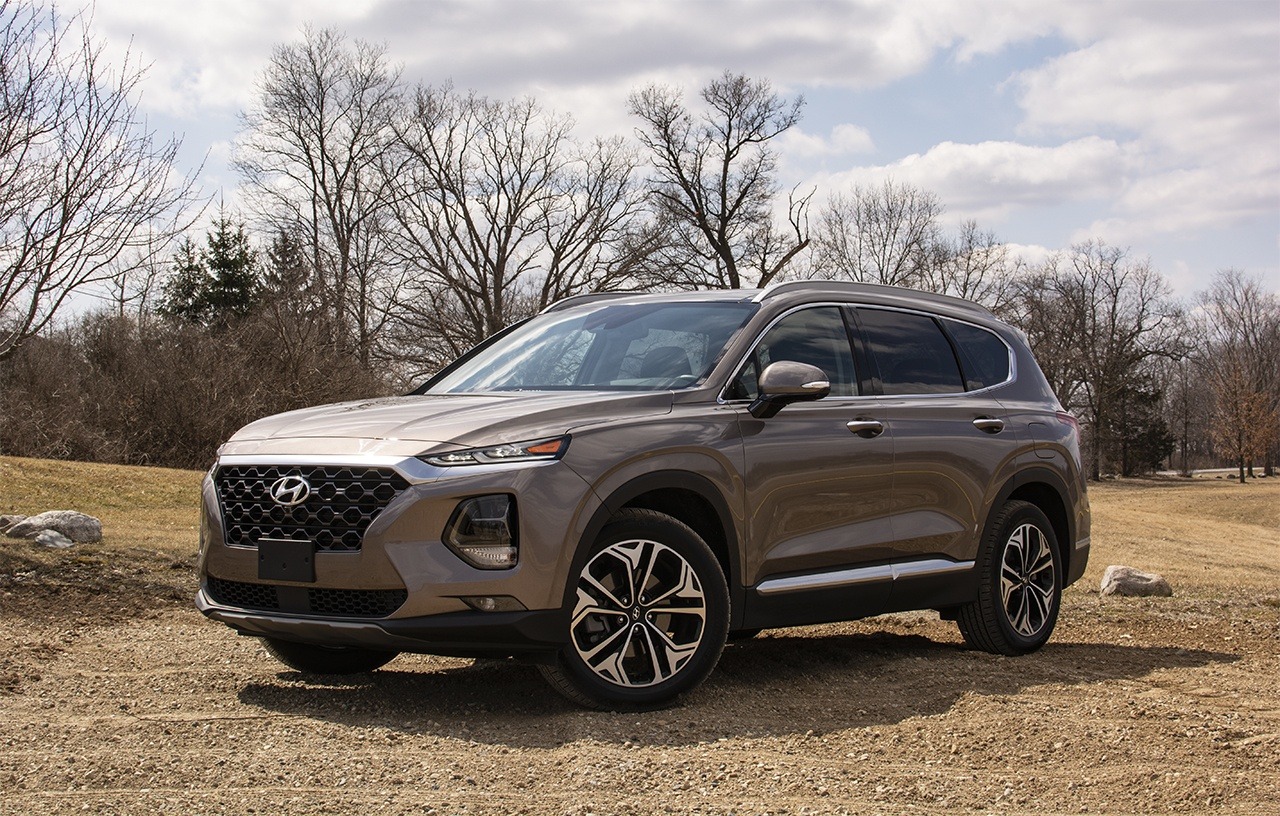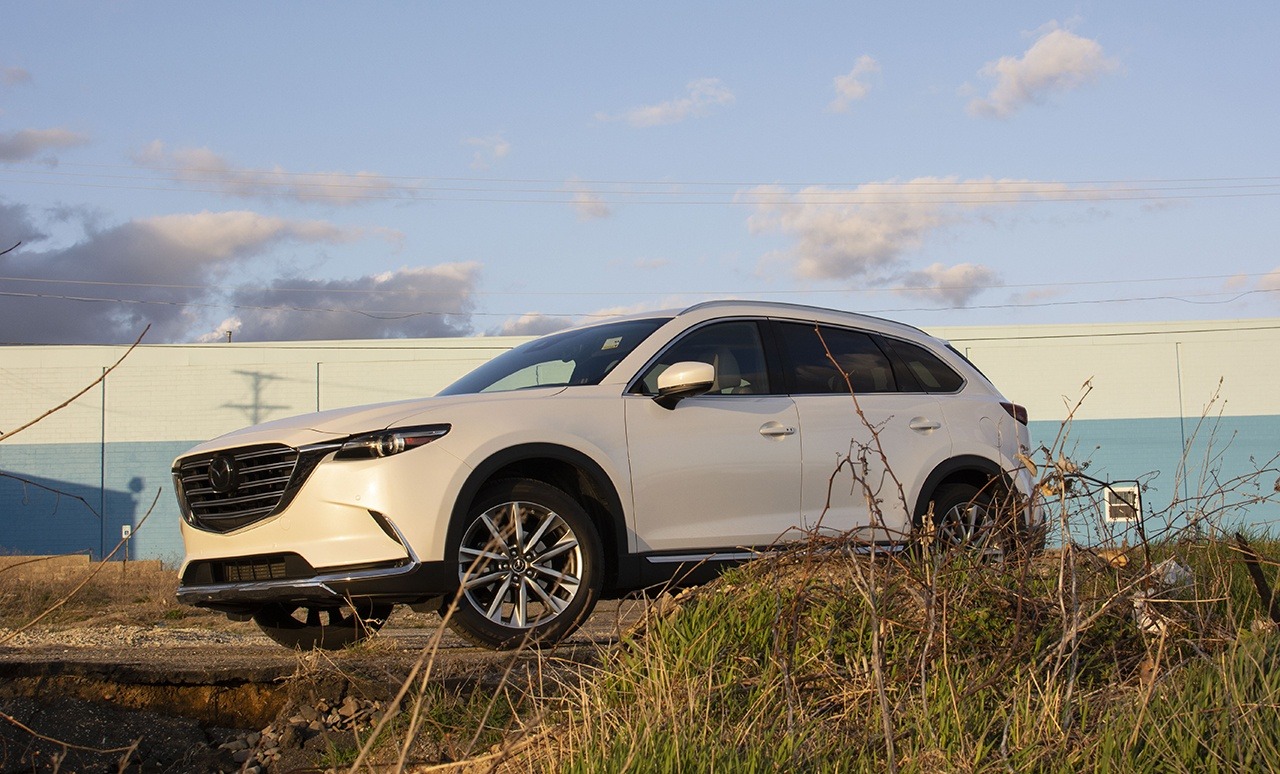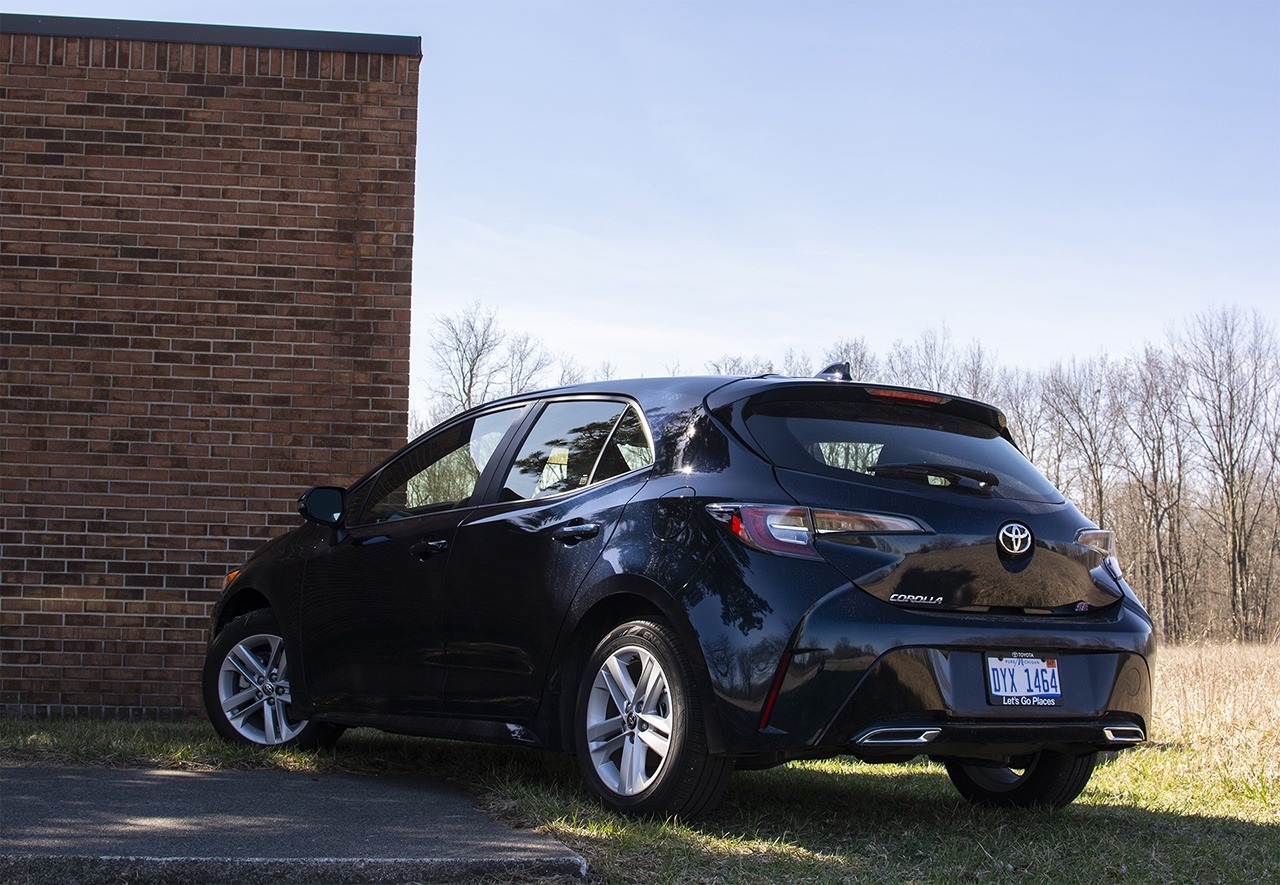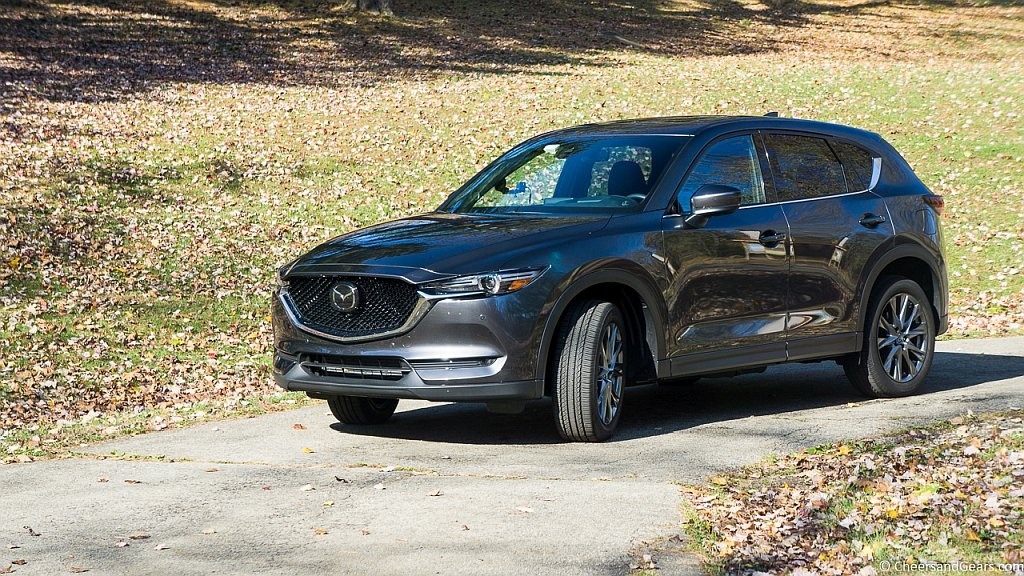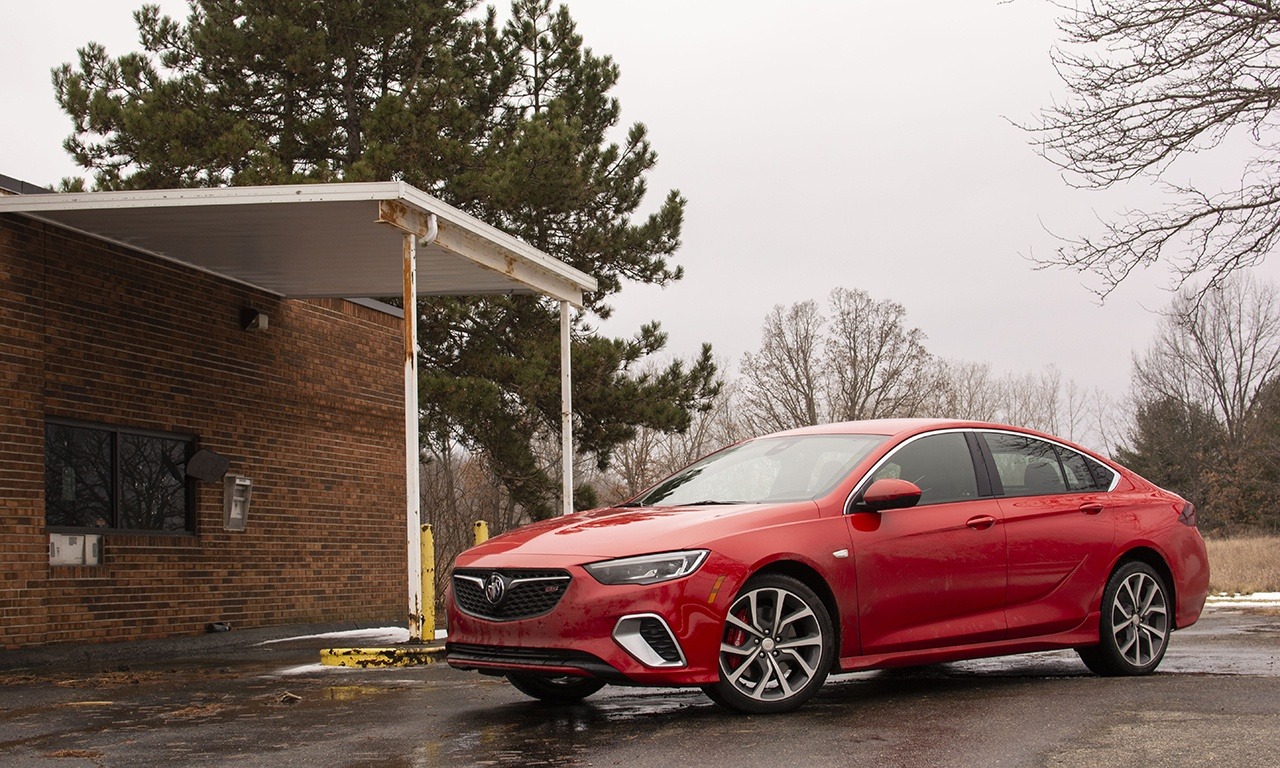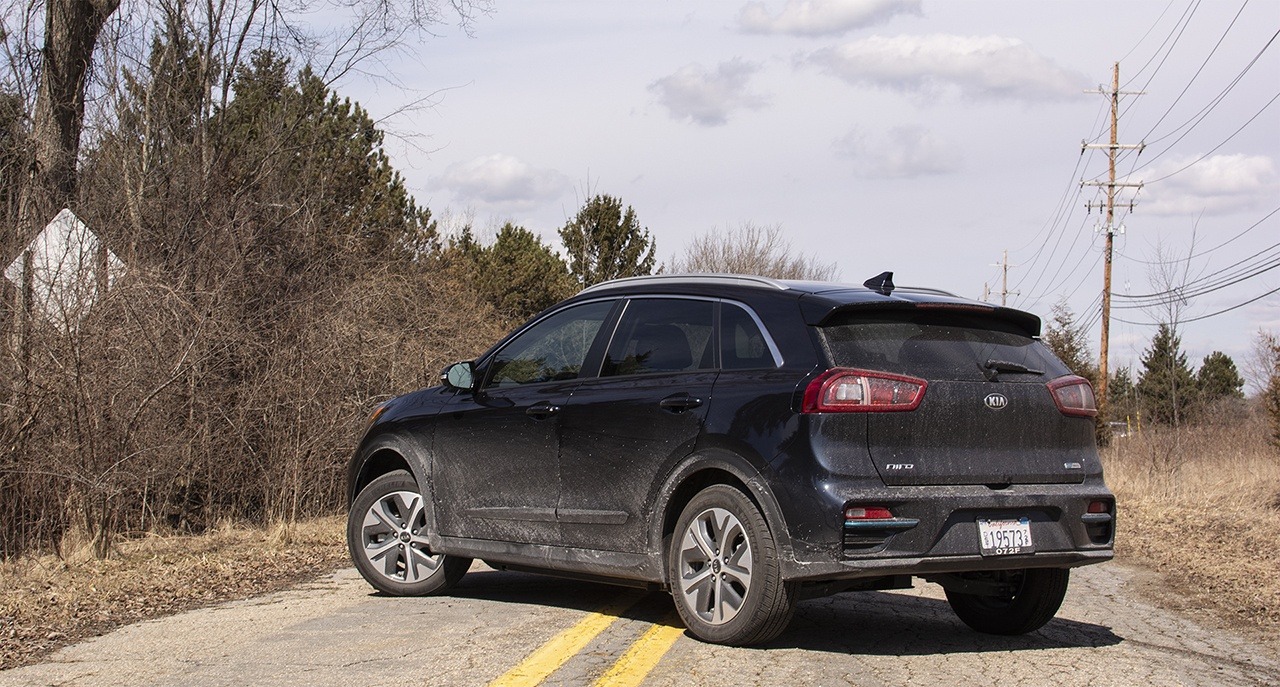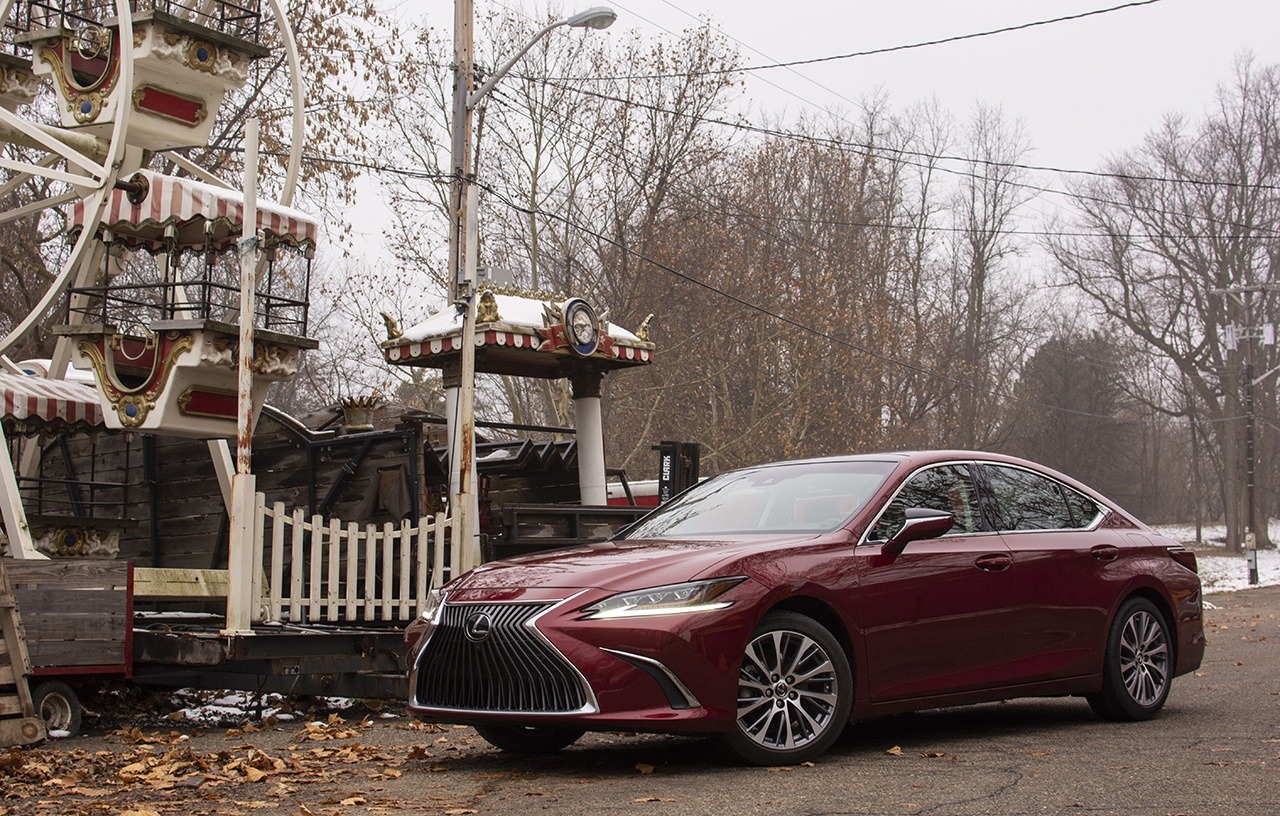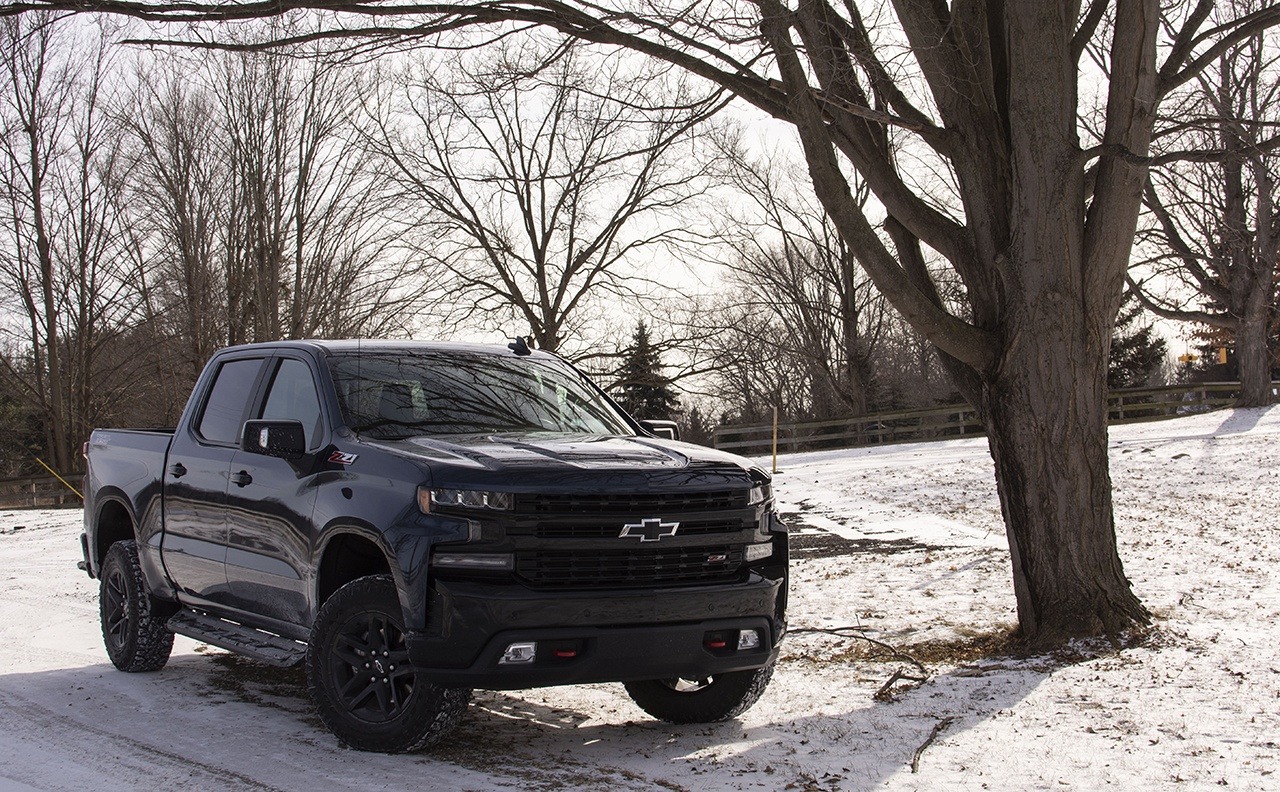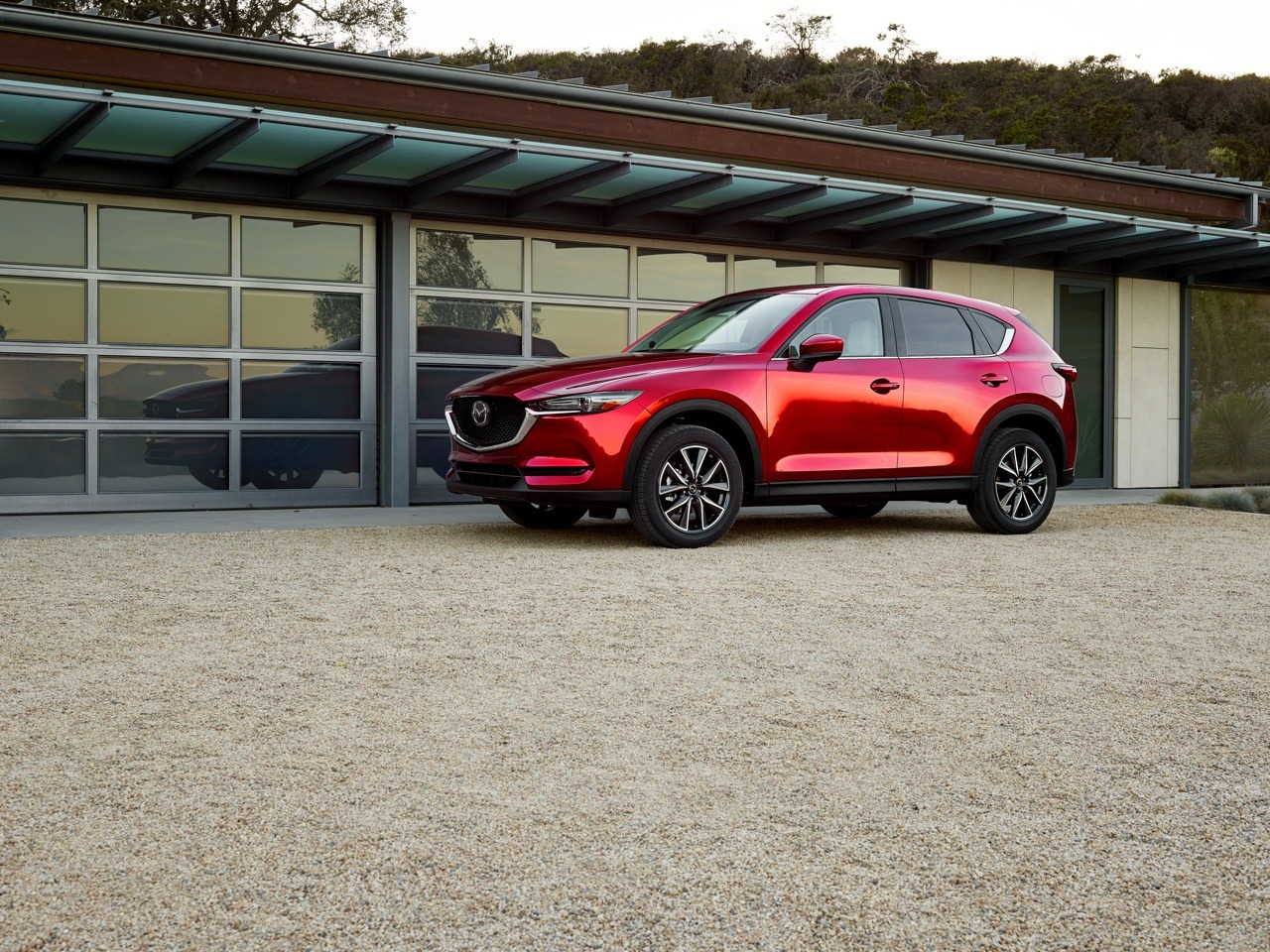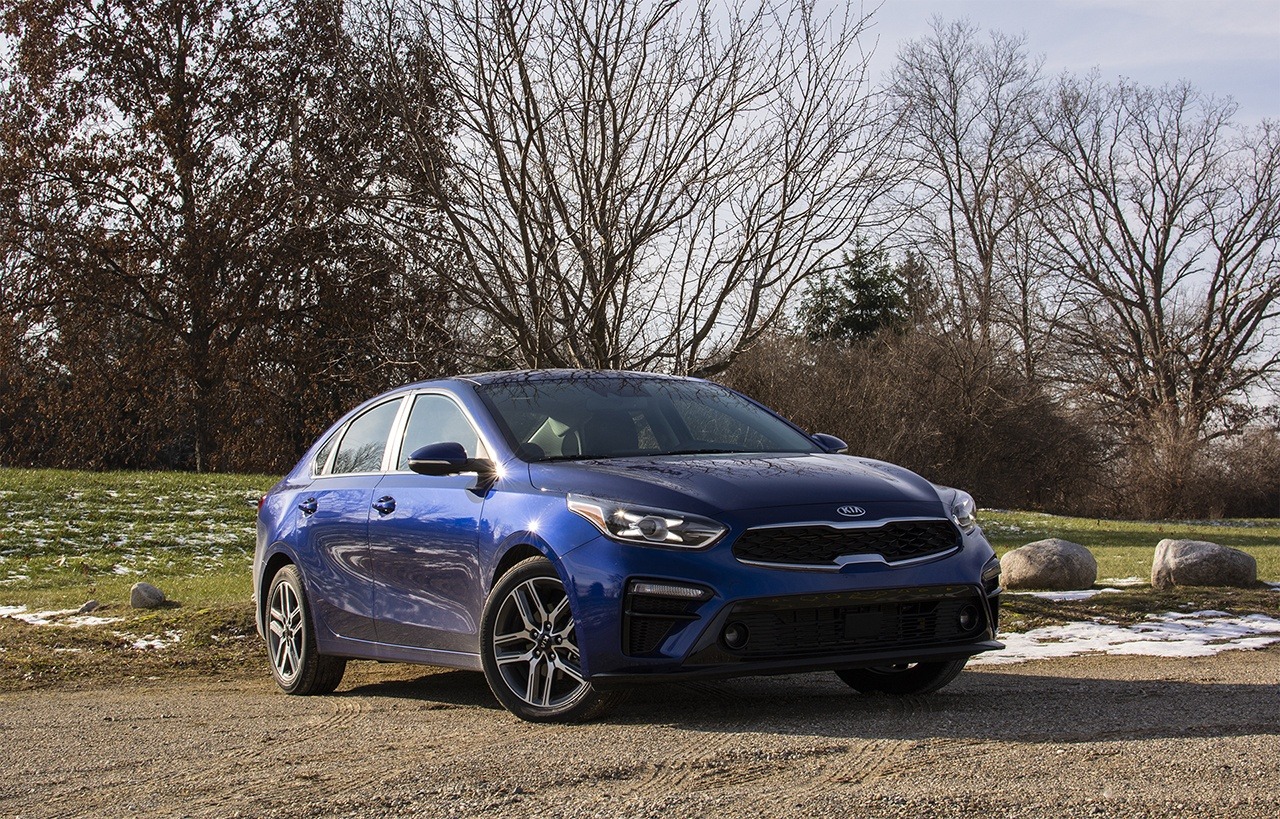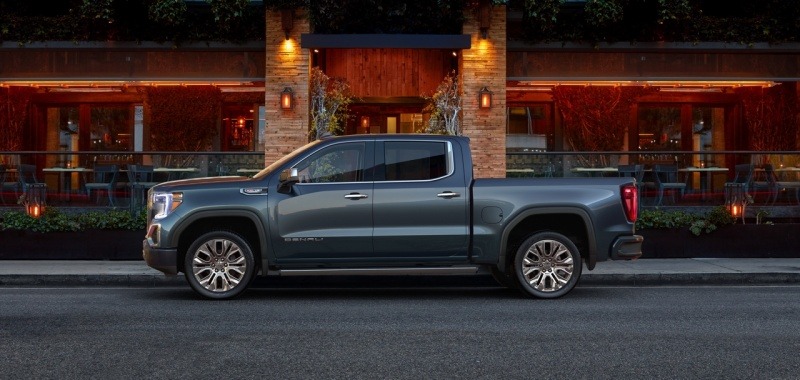Search the Community
Showing results for tags '2019'.
-
I’ve driven my fair share of Challengers on both extremes - from the standard V6 to the high-performance SRT and Hellcat models. But I never had any time behind the wheel of the R/T with its 5.7 V8. That changed in the summer when a bright orange Charger R/T Shaker was dropped off for a week. This a...
- 5 comments
-
- 1
-

-
- 2019
- challenger
-
(and 4 more)
Tagged with:
-
I’ve driven my fair share of Challengers on both extremes - from the standard V6 to the high-performance SRT and Hellcat models. But I never had any time behind the wheel of the R/T with its 5.7 V8. That changed in the summer when a bright orange Charger R/T Shaker was dropped off for a week. This a...
- 5 replies
-
- 1
-

-
- 2019
- challenger
-
(and 4 more)
Tagged with:
-
Hyundai can’t seem to stop itself from tinkering with the Santa Fe crossover. This is apparent when you consider the nameplate first debuted on compact crossover in the early 2000s before growing into a two-model family up until last year. Hyundai has made another drastic change to the Santa Fe by m...
-
Hyundai can’t seem to stop itself from tinkering with the Santa Fe crossover. This is apparent when you consider the nameplate first debuted on compact crossover in the early 2000s before growing into a two-model family up until last year. Hyundai has made another drastic change to the Santa Fe by m...
-
Over a year ago, I pitted the Mazda CX-9 against the Volkswagen Atlas to find out which was the better three-row crossover. The CX-9 put up a good fight with a very luxurious interior and impressive driving dynamics. However, the Atlas took home the win as it proved to be the better carrier of passe...
-
Over a year ago, I pitted the Mazda CX-9 against the Volkswagen Atlas to find out which was the better three-row crossover. The CX-9 put up a good fight with a very luxurious interior and impressive driving dynamics. However, the Atlas took home the win as it proved to be the better carrier of passe...
- 7 comments
-
The Toyota Corolla for the past couple of decades has been the poster child of the vehicle that just existed. All it was built to do was go from point a to b without any sort of enthusiasm. But Toyota is wanting to change that with the redesign of Corolla, starting with the new Corolla Hatchback. Ha...
-
The Toyota Corolla for the past couple of decades has been the poster child of the vehicle that just existed. All it was built to do was go from point a to b without any sort of enthusiasm. But Toyota is wanting to change that with the redesign of Corolla, starting with the new Corolla Hatchback. Ha...
-

Review of the 2019 Mazda CX-5 Signature: A Little Something For Everyone
Drew Dowdell posted an article in Reviews
-
Expectation can be a very dangerous thing. You come into something thinking it will blow your mind and more often than not, it comes up short. That’s how I felt during the first few days into a loan of a 2019 Buick Regal GS. What was being presented didn’t match up with my experience. But over the w...
-
Expectation can be a very dangerous thing. You come into something thinking it will blow your mind and more often than not, it comes up short. That’s how I felt during the first few days into a loan of a 2019 Buick Regal GS. What was being presented didn’t match up with my experience. But over the w...
-
What a difference that four years make. That's the timeframe from the first Kia electric I reviewed (Soul EV) to the model seen here, the 2019 Niro EV. So much has changed in terms of battery technology and overall range that I could see myself having an electric vehicle as a primary mode of transpo...
-
What a difference that four years make. That's the timeframe from the first Kia electric I reviewed (Soul EV) to the model seen here, the 2019 Niro EV. So much has changed in terms of battery technology and overall range that I could see myself having an electric vehicle as a primary mode of transpo...
-
When Toyota introduced the last-generation Avalon for the 2014 model year, I was shocked by how Toyota had built the better Lexus ES. On the surface, this seems a bit crazy. But Toyota had put a lot of effort into shedding the image of Avalon of an old person’s car by bringing a modern and sleek loo...
- 7 replies
-
- 2019
- avalon hybrid
- (and 4 more)
-
When Toyota introduced the last-generation Avalon for the 2014 model year, I was shocked by how Toyota had built the better Lexus ES. On the surface, this seems a bit crazy. But Toyota had put a lot of effort into shedding the image of Avalon of an old person’s car by bringing a modern and sleek loo...
- 7 comments
-
- 2019
- avalon hybrid
- (and 4 more)
-
Quarterly: Ford Motor Company - Not Reported General Motors Co. - Not Reported Tesla - Not Reported FCA US LLC - Not Reported Monthly: Audi of America - Up 0.8% for the month, Down 5% for the year BMW of North America - Down 1.7% for the month, Down 1.2% for the year Genesis Mo...
-
The news about the 2019 Chevrolet Silverado and GMC Sierra have been constant barrage about how they aren’t doing so well in the sales charts. In fact, Ram has taken second place in overall truck sales from the Silverado. General Motors is quick to point that Ram has been increasing amount of money...
- 23 comments
-
- 1
-

-
The news about the 2019 Chevrolet Silverado and GMC Sierra have been constant barrage about how they aren’t doing so well in the sales charts. In fact, Ram has taken second place in overall truck sales from the Silverado. General Motors is quick to point that Ram has been increasing amount of money...
- 23 replies
-

Leaked Documents Reveal 2019 Mazda CX-5 For U.S. To Add Turbo
William Maley posted an article in Mazda
It is no secret that Mazda is planning to bring over the turbocharged 2.5L four-cylinder from the CX-9 and Mazda6, considering the various leaked documents that have come out in the past few months and the announcement of the Japanese market version. Now, new documents have come to light revealing t... -
The Kia Forte could never claim to be the best compact car, but its low price and a long list of equipment made it an interesting alternative choice to the stalwarts of the compact class. This approach has worked well with the Forte becoming one of the brand’s best selling models. Kia wants to chang...
-
The Kia Forte could never claim to be the best compact car, but its low price and a long list of equipment made it an interesting alternative choice to the stalwarts of the compact class. This approach has worked well with the Forte becoming one of the brand’s best selling models. Kia wants to chang...
-
The Chevrolet Silverado and GMC Sierra really don't have many traits that set them apart, aside from different front-end styling. But GMC is hoping the new 2019 Sierra, making its debut today, will be able to distinguish itself from its Chevrolet brethren. To do this, GMC has two new features t...


